Cave paintings are among the earliest expressions of human creativity. These ancient artworks provide insights into early life, beliefs, and environments. Found on rock walls and ceilings, they often depict animals, hunting scenes, and symbols. The oldest known cave painting in the world is over 45,000 years old. It was discovered in Indonesia and shows a wild pig—possibly part of a hunting story.
Now, let's turn to India. Did you know that India is also home to some of the world's oldest cave art? One particular site features human and animal figures painted in red and white. These paintings are believed to be over 30,000 years old. They reflect early human imagination and social life. So, which cave is this? We'll explore that in the article. We'll also look at other ancient cave paintings across India, their styles, and what they tell us about our ancestors.
Also Read| List of 7 Oldest Caves in the World
List of Oldest Cave Paintings in India
The most significant collection of India's oldest prehistoric art is located at the Bhimbetka rock shelters in Madhya Pradesh, a UNESCO World Heritage site. The earliest paintings, dating to the Mesolithic Period (∼10,000 BCE), vividly depict early hunter-gatherer life, including animals, hunting, and dance, spanning a unique chronological record. Here’s the list of the top 7 oldest cave paintings in India:
| Rank | Cave Painting Site | State | Approximate Age | Artistic Tradition / Notes |
| 1 | Bhimbetka Rock Shelters | Madhya Pradesh | 30,000 years | Palaeolithic, Mesolithic, and Historic periods |
| 2 | Ajanta Caves | Maharashtra | 2nd century BCE - 5th CE | Buddhist murals, Jatakamala scenes |
| 3 | Ellora Caves | Maharashtra | 6th century CE onwards | Hindu, Buddhist, Jain themes |
| 4 | Elephanta Caves | Maharashtra | 5th to 9th century CE | Rock-cut Shiva temples, faded murals |
| 5 | Jogimara Caves | Chhattisgarh | 3rd BCE - 1st CE | Non-religious, tribal art, theatre |
| 6 | Bagh Caves | Madhya Pradesh | 5th to 7th century CE | Buddhist murals, Bodhisattvas |
| 7 | Sittanavasal Cave | Tamil Nadu | 7th - 9th century CE | Jain monastery art, aquatic/nature motifs |
| 8 | Armamalai Cave | Tamil Nadu | 8th century CE | Jain murals, Brahmi script |
| 9 | Adamgarh Hills | Madhya Pradesh | Prehistoric (Palaeolithic-Mesolithic) | Ritualistic, daily life scenes |
| 10 | Lenyadri Caves | Maharashtra | 1st - 3rd century CE | Buddhist and Hindu art, ritual halls |
1. Bhimbetka Rock Shelters
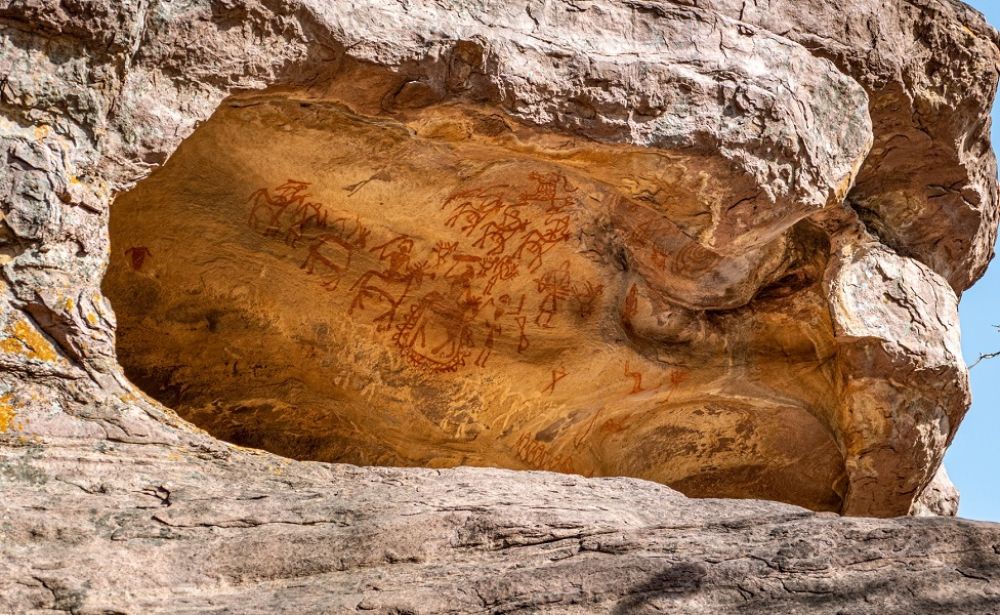
The Bhimbetka shelters in Madhya Pradesh are India's oldest cave painting sites, featuring artwork that dates back up to 30,000 years. Spread across over 750 caves, these prehistoric masterpieces show vibrant scenes of hunting, dancing, rituals, and daily life, crafted in red, white, yellow, and green pigments derived from natural minerals. The paintings reflect Upper Palaeolithic, Mesolithic, Chalcolithic, and historic periods, documenting the evolution of early humans. Researchers have identified several overlapping layers of art, indicating continuous habitation and the ritual significance of these shelters in ancient times.
2. Ajanta Caves
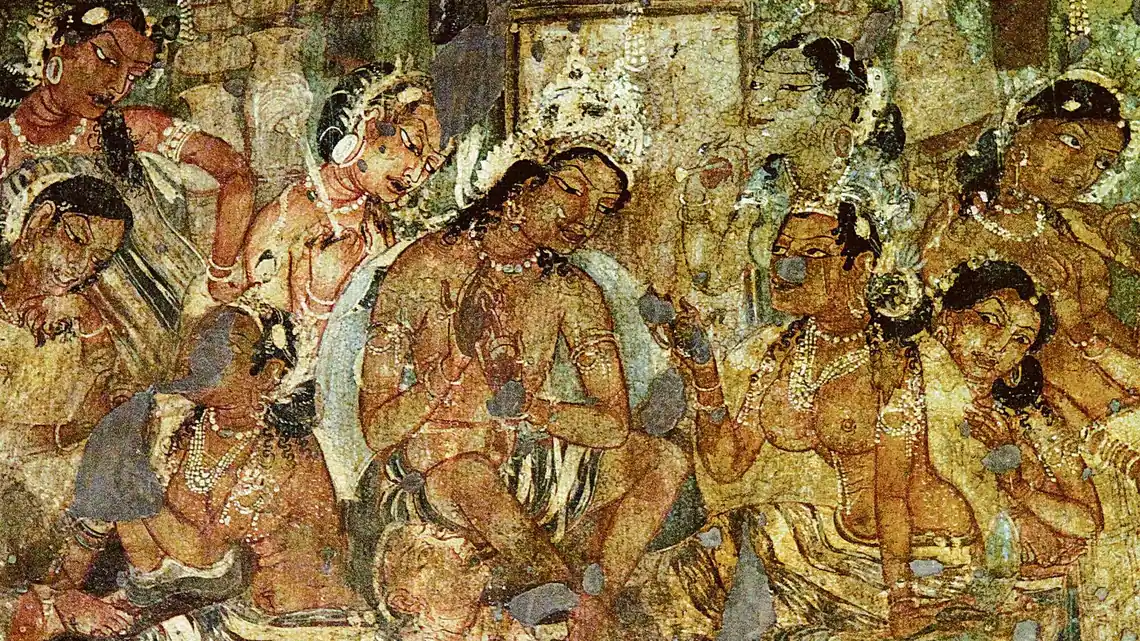
Located in Maharashtra, the Ajanta Caves are renowned for their exquisite Buddhist murals, dating from the 2nd century BCE to the 5th century CE. This UNESCO World Heritage site comprises 29 rock-cut monasteries and worship halls adorned with vibrant depictions of the life and teachings of Buddha. The paintings primarily reflect the Mahayana Buddhist tradition, featuring Jataka tales and scenes from everyday spiritual and social life.
In Case You Missed| List of 10 Largest Caves in India
3. Ellora Caves
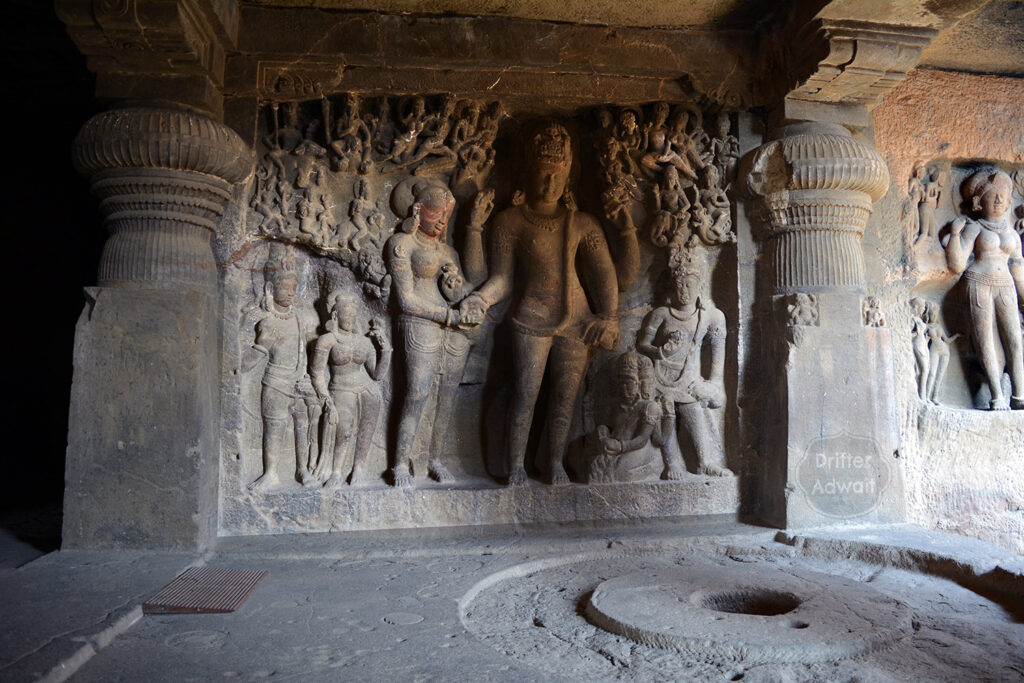
Ellora, near Aurangabad, Maharashtra, boasts one of the world’s largest rock-cut cave complexes, housing 34 caves dating back to the 6th century CE. Remarkable for its rich religious diversity, Ellora features Buddhist viharas, Hindu temples, and Jain shrines, all adorned with intricate mural paintings, elaborate carvings, and intricate iconography. The Hindu caves highlight stories of Shiva, while Buddhist artwork decorates serene worship halls, and Jain caves showcase the life of Mahavira.
4. Elephanta Caves
The Elephanta Caves, set on Elephanta Island near Mumbai, are renowned for their rock-cut temples and faded murals crafted between the 5th and 9th centuries CE. The site houses five Hindu temples dedicated to Shiva, as well as Buddhist caves and stupa mounds. Although most paintings have eroded, a few remnants on plastered surfaces hint at their historic grandeur.
5. Jogimara Caves
Located in Ramgarh, Chhattisgarh, the Jogimara Caves are considered among India’s oldest, with painted and inscribed surfaces dating back to the 3rd century BCE to the 1st century CE. Unique for their non-religious focus, these caves feature tribal art and simple scenes of everyday life, including boys and girls playing, elephants, and horses. Lime-plastered walls are painted in red, yellow, black, and white, alongside ancient Magadhi and Brahmi script inscriptions. Scholars believe Jogimara was used as a performance theatre in ancient times, reflecting cultural continuity and artistic innovation.
6. Bagh Caves

The Bagh Caves in Madhya Pradesh, active from the 5th to 7th centuries CE, comprise nine rock-cut chambers featuring Buddhist murals. Built primarily as monastic residences and worship places, their walls were finished with mud plaster primed with lime, featuring vivid paintings of Bodhisattva figures and scenes of monastic life.
7. Sittanavasal Cave

Located in Tamil Nadu, Sittanavasal Cave dates back to the 7th to 9th centuries CE, reflecting the Jain monastic tradition under the Pandyan dynasty. The natural cave serves as a Jain monastery, with its ceilings and walls adorned with aquatic motifs—such as lotus ponds, fish, birds, and humans interacting reverently with nature.
For You| List of 5 Largest Caves in the World
Where Is The Oldest Cave Painting In India?

The oldest known and most significant collection of prehistoric cave paintings in India is found at the Bhimbetka rock shelters in the Raisen District of Madhya Pradesh. The earliest paintings at this UNESCO World Heritage Site are estimated to date back to the Mesolithic Period, around 10,000 BCE (12,000 years ago). These ancient rock arts predominantly depict scenes of early hunter-gatherer life, featuring figures of animals, hunting scenes with bows and arrows, and early evidence of dance. Bhimbetka offers a unique chronological record of art, spanning from the Palaeolithic to the medieval period.
Which Is The First Cave Found In India?

The Ajanta Caves, located in the Aurangabad district of Maharashtra, are often cited in modern history as the first primary ancient cave site to be rediscovered and brought to Western attention in the contemporary era. An officer of the Madras Regiment of the British Army, Captain John Smith, accidentally found them while on a hunting expedition in 1819. The caves themselves, a complex of rock-cut Buddhist temples and monasteries, date back to the 2nd century BCE. This accidental discovery initiated widespread archaeological interest in India's cave heritage.
Which Is The World's Oldest Cave Painting?
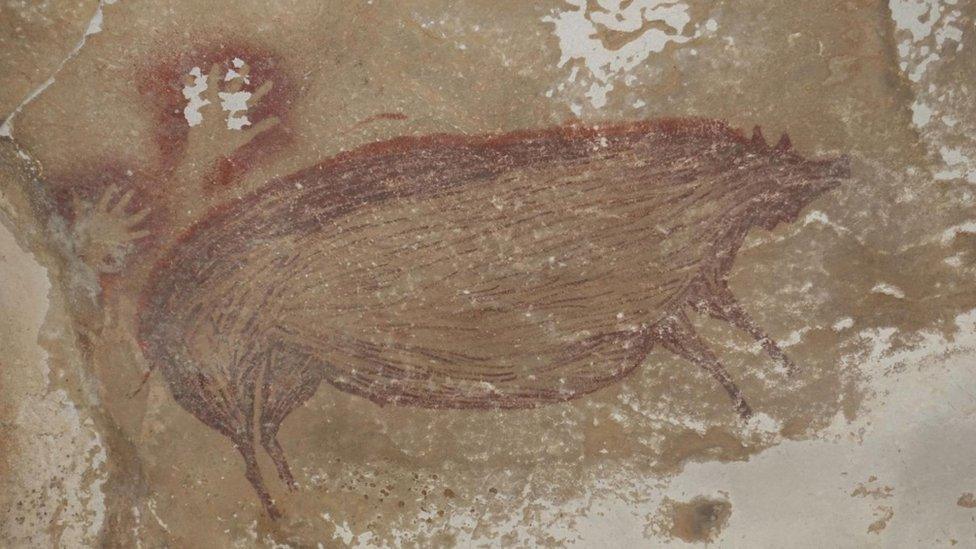
The title for the world's oldest known figurative cave painting is currently held by a depiction of a Sulawesi warty pig found in the Leang Tedongnge cave on the island of Sulawesi, Indonesia. Using Uranium-series dating, the painting has been determined to be at least 45,500 years old. Another recent finding in the same region, a painting in Leang Karampuang cave portraying a wild pig and human-like figures, has been dated to at least 51,200 years old, making it the oldest known reliably dated narrative or storytelling art in the world.
What Is The 10000-Year-Old Painting In Tamil Nadu?
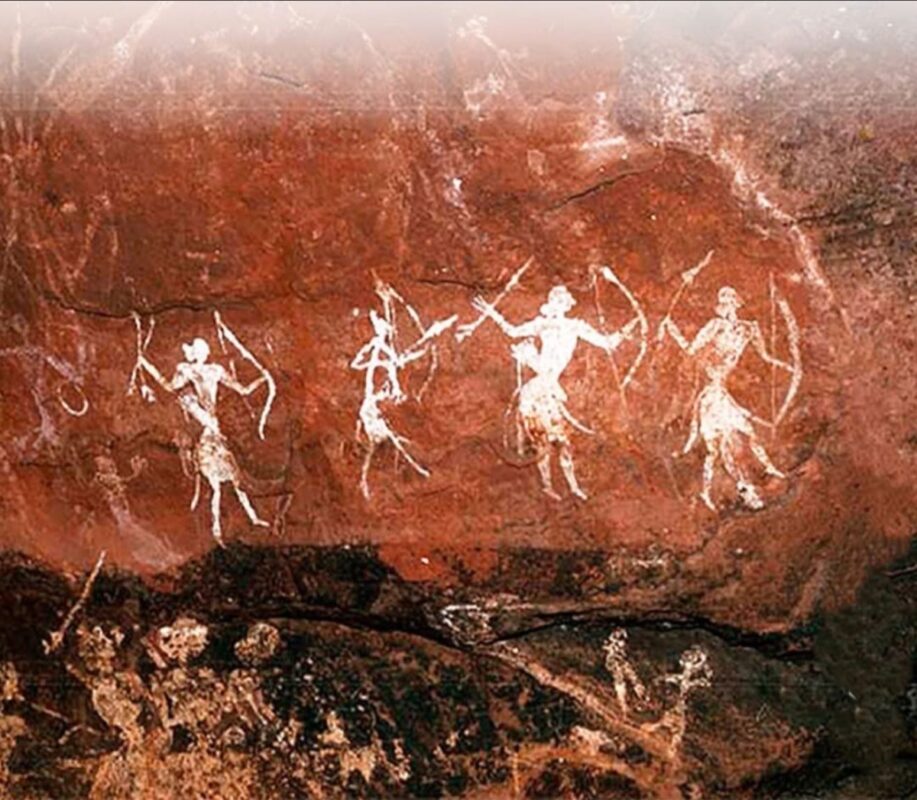
The 10,000-year-old painting in Tamil Nadu refers to a significant collection of rock art recently discovered in a natural cave near the Reddiyur village in the Yelagiri Hills. Archaeologists have suggested these paintings, found over 1,000 feet above sea level, date back to the Neolithic era (estimated between 10,000 and 3,000 BCE). The artwork comprises over 80 figures painted in a white substance, vividly depicting social and ritual life, including people mounted on animals, fighting with weapons, and engaging in celebratory dances.
What's Next| List of Top 10 Longest Caves in the World

Comments
All Comments (0)
Join the conversation